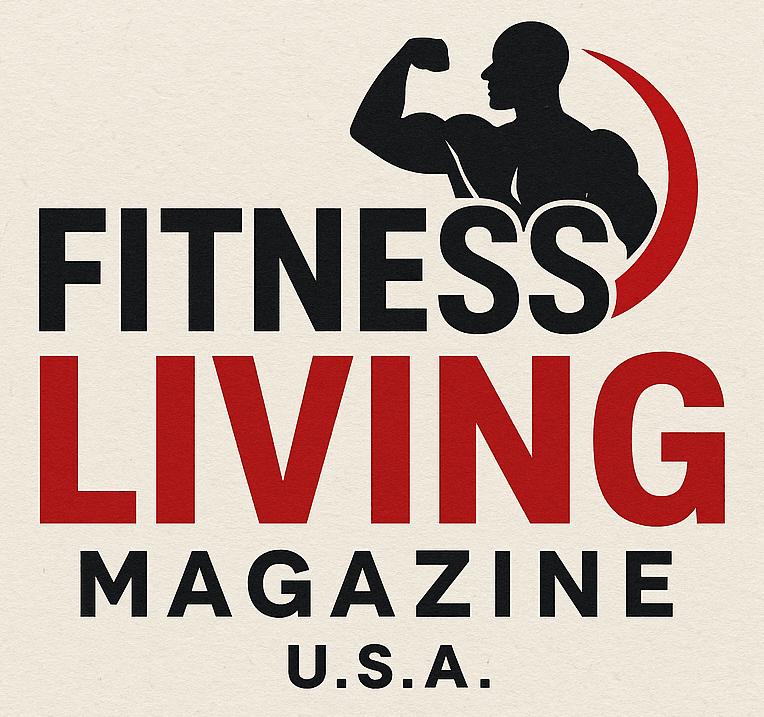
Is Quality More Important Than Quantity in Nutrition?
When it comes to nutrition, a pivotal question often arises: Should we prioritize the quality of our food or the quantity of calories we consume? This dilemma is particularly relevant to gym owners, fitness trainers, and dedicated fitness enthusiasts, who constantly seek ways to optimize their diets for performance and health. While both aspects are significant, understanding their interplay can provide vital insights into effective dieting and health management.
The Role of Food Quality
High-quality foods are nutrient-dense, meaning they pack a significant amount of vitamins, minerals, and other essential nutrients relative to their calorie content. For instance, fruits, vegetables, whole grains, and lean proteins offer vital nutrients without excessive calories. A balanced diet that focuses on these high-quality foods can reduce the risk of chronic health issues, including heart disease and diabetes, as highlighted by various studies.
Concurrently, the Nutrition Source points out that foods like nuts, seeds, and fish provide healthy fats that not only nourish the body but also aid in satiety, making one feel full with fewer calories. This balance between food quality and quantity is essential for anyone looking to maintain a healthy weight while fueling their bodies for optimal performance.
Calories: The Fuel of Energy
Calories represent the energy the body needs to function. Understanding how many calories you need depends on various factors, including age, gender, and activity level. Fitness enthusiasts typically require a higher caloric intake due to their active lifestyles. As such, tracking calorie intake can help ensure that individuals are consuming enough energy to support their workouts and recovery without overindulging on nutrient-poor foods.
A balanced approach involves not just counting calories but ensuring that those calories come from nutrient-rich sources. A balanced diet minimizes the intake of processed foods, refined sugars, and saturated fats — all of which can lead to empty caloric intake that lacks nutritional value.
Quality vs. Quantity: Finding the Balance
This ongoing debate begs the question: how can we find the right balance between food quality and quantity? Each individual’s needs may vary, influenced by lifestyle and fitness goals. A general guideline is to fill half your plate with vegetables and fruits, one-quarter with whole grains, and one-quarter with healthy proteins, as suggested by the Healthy Eating Plate. This dynamic distribution ensures an adequate intake of essential nutrients while managing caloric levels effectively.
Moreover, staying active is equally crucial. Regular exercise boosts metabolic rate, allowing for greater caloric expenditure, which opens up room for a more extensive food variety without compromising dietary goals.
Advice for Trainers and Gym Owners
For fitness trainers and gym owners, promoting an understanding of both food quality and quantity among clients is vital. Encourage clients to focus on whole, nourishing foods while being mindful of their caloric intake. Educational workshops or one-on-one nutrition consultations can address these topics, enhancing health literacy within the community.
Conclusion: Empowering Choices
In the end, both food quality and calorie quantity play crucial roles in achieving health and fitness goals. By encouraging a balanced approach to nutrition, fitness professionals can better equip their clients with the knowledge necessary for effective dietary management. The takeaway? Make informed choices that prioritize wholesome ingredients while remaining cognizant of caloric thresholds. Achieving health optimization isn't about strict restrictions but about making empowering dietary choices.
If you want to elevate your understanding of nutrition, consider utilizing nutritional tracking apps or consulting with a dietitian for personalized advice tailored to your fitness journey.
 Add Row
Add Row  Add
Add 



Write A Comment